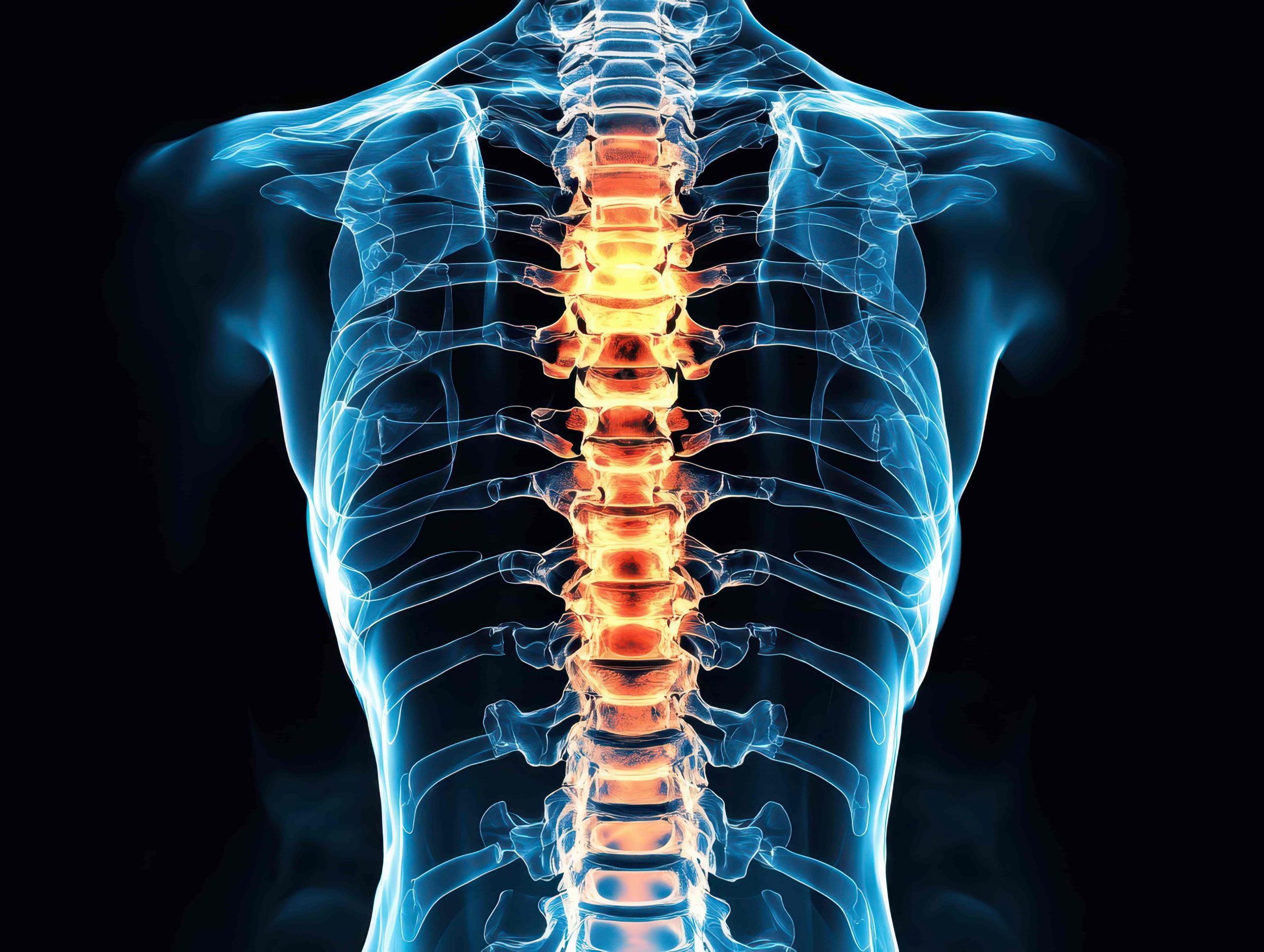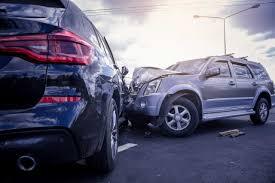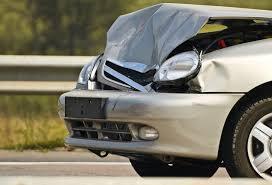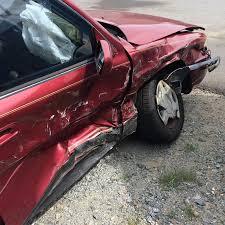Scoliosis caused or worsened by a car accident can lead to a settlement between $200,000 and $600,000+, depending on the severity of your back injury, lost wages, future medical care, and insurance coverage. Money comes first from PIP, then the at-fault driver’s insurance, and finally, through lawsuit compensation if needed.
What You’ll Learn
If you’re facing scoliosis after a car accident, chances are you’re not just in pain—you’re also in the dark. You may be wondering if you can still sue, if anyone will believe you, or how much your back injury is actually worth. And if this spinal condition was diagnosed months after your crash, you’re probably panicking about what that means for your case.
Let’s clear it up.
In this guide, we’ll break down exactly how scoliosis settlements work, where the money comes from, and what factors can increase—or decrease—your compensation. I’ll also cover how pre-existing scoliosis affects your claim and why insurance companies push back so hard on these cases. You’ll learn:
- How scoliosis affects your personal injury claim value
- When and how you can still sue—even if your case was closed
- How PIP and insurance limits affect your settlement amount
- What happens if you had undiagnosed scoliosis before the crash
- Why so many people underestimate the long-term costs of spinal injuries
Can You Get a Settlement for Scoliosis After a Car Accident?
Yes – if you can prove it was caused or aggravated by the crash.
Scoliosis might not be the first injury that comes to mind after a car accident—but it’s more common than people realize, especially in cases involving spinal trauma. While scoliosis is rarely caused outright by a crash, it can be significantly worsened—and that distinction matters when pursuing a personal injury settlement.
If your spine was asymptomatic before the accident, and you’re now experiencing chronic back pain, limited mobility, or postural changes, there’s a strong chance your accident aggravated a pre-existing condition. That’s especially true if trauma was directed at your lumbar spine or cervical spine—regions where curvature and disc damage can be severely affected by forceful impact.
How Do You Prove It?
Medical imaging is key. X-rays, MRIs, and CT scans taken before and after the crash can show changes in vertebrae alignment or disc degeneration. Even if your scoliosis was undiagnosed prior to the accident (which is incredibly common), new scans can establish a baseline and show progression, which is vital for proving your claim.
You should remember that scoliosis symptoms are often delayed. Many victims feel “fine” in the first few days post-crash—thanks to adrenaline masking the damage. But weeks or months later, back pain flares, mobility declines, and suddenly you’re facing a condition you never knew you had.
Can You Sue Even If You Just Found Out Months Late?
Yes. Depending on your state’s statute of limitations, you may be able to reopen an old claim or file a new one against the at-fault driver’s insurance. You’ll need to work with a personal injury attorney who understands spinal injuries—and how to connect the dots between your crash and your condition.
At Applebaum Accident Group, we see this exact situation all the time. Many victims had no clue they had scoliosis until a car accident made it impossible to ignore. That’s why we help connect you with the right doctors and lawyers to get your diagnosis documented, your pain taken seriously, and your settlement maximized.
What Factors Determine the Value of a Scoliosis Settlement?
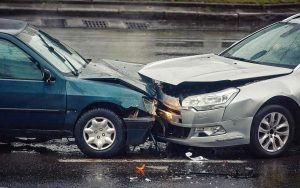
Every scoliosis case is unique—but when it comes to car accident settlements, certain factors have a proven impact on how much compensation you may receive.
Insurance companies, attorneys, and even juries consider a variety of medical, financial, and emotional elements to determine the true settlement value of your claim. Let’s break it down:
1. Severity of Your Injury & Daily Life Impact
The more your scoliosis disrupts your life, the higher your potential settlement.
Are you dealing with chronic pain, reduced range of motion, or permanent impairment?
Has it changed the way you walk, stand, or sleep?
Does it interfere with caring for your kids, maintaining your home, or simply enjoying life?
Even if your scoliosis existed before, if the accident caused a significant aggravation, that’s compensable. Back injuries—especially those involving the spinal cord, vertebrae, or herniated discs—can lead to long-term disability, and that adds real weight to your case.
2. Medical Treatment Required—Now and in the Future
Scoliosis-related care doesn’t stop with one doctor’s visit. These medical expenses, both present and future, significantly affect your settlement amount.
You might need physical therapy, steroid injections, a back brace, or even spinal fusion surgery. For many, chiropractic treatment or pain management becomes a regular part of life. And don’t forget the cost of durable medical equipment like mobility supports or posture aids.
Some accident victims go on to develop degenerative disc disease, spinal stenosis, or arthritis as a result of scoliosis progression—conditions that may require future surgery or long-term care.
3. Lost Wages & Future Earning Capacity
If scoliosis has made it impossible for you to continue in your line of work—especially physical jobs like construction, nursing, or warehouse work—this is a major factor in your personal injury claim.
You can seek compensation for lost wages during your recovery and for projected losses in your earning capacity over time.
I Used To Work In Construction. Now I Can’t Walk. Will That Matter?
Absolutely. Loss of mobility, stamina, or strength from a spinal injury can raise your compensation significantly—especially if you can’t return to your former job or are forced into a lower-paying role.
4. Mental and Emotional Toll
The psychological impact of scoliosis after a car crash is too often underestimated.
Victims frequently report depression, anxiety, and PTSD, especially if the pain is constant or the curve is visibly disfiguring. It’s not just about how you feel physically—it’s how the condition changes your sense of identity, your relationships, and your independence.
Some people feel isolated or dismissed—especially when their scans don’t reflect the level of pain they’re experiencing. That emotional toll is real, and it matters in your personal injury settlement.
5. Proof & Documentation
Insurance adjusters don’t respond to feelings—they respond to facts.
That’s why documentation is everything. The stronger your evidence, the stronger your case.
- Medical imaging: X-rays, MRIs, and CT scans showing curvature or disc damage.
- Pain journals: Day-to-day impact tracking fatigue, mobility, and flare-ups.
- Testimony: From orthopedic specialists, chiropractors, employers, or loved ones.
Even if your scoliosis wasn’t diagnosed until months after the crash, detailed medical records and a clear treatment timeline can still support your claim.
At Applebaum Accident Group, we connect you with legal help that will build a case that reflects the full extent of your injuries. From lost wages to long-term pain, every detail matters—and we’re here to make sure nothing gets missed.
Where Does the Money Come From?

When you’re dealing with medical bills, time off work, and long-term back pain, the first thing you want to know is: Who’s paying for all this?
In Florida—and in most states—car accident settlements for spinal injuries like scoliosis come from a combination of insurance sources. Remember this topic when your medical expenses pile up faster than the insurance companies respond.
Step 1 – Your Own PIP Insurance (Florida)
In Florida, Personal Injury Protection (PIP) is your first line of financial defense. It’s a no-fault coverage, meaning it pays out regardless of who caused the accident.
- PIP covers up to $10,000 in medical expenses, including diagnostics, physical therapy, and chiropractic treatment—as long as you receive care within 14 days of the accident.
- It also covers some lost wages and transportation to appointments.
Dive deeper into this topic here: What Is PIP And PDL Insurance in Florida?
Missed the 14-day window?
Don’t panic. You may still qualify for compensation through an EMC (Emergency Medical Condition) evaluation. If PIP is no longer an option, you can still pursue compensation from the at-fault driver’s insurance.
Expand your understanding with this post: Florida 14-Day Accident Law | What You Need To Know.
Step 2 – The At-Fault Driver’s Bodily Injury Policy
Next, your attorney will go after the bodily injury liability coverage of the driver who caused the accident. This is where the real settlement value starts to show up—especially if your scoliosis requires ongoing treatment or has left you permanently impaired.
- This insurance pays for pain and suffering, long-term care, and back injury settlements tied to negligence.
- Florida law doesn’t require drivers to carry this coverage—but many do.
How Does Their Policy Limit Affect Me?
Let’s say their policy maxes out at $50,000, but your medical bills, therapy, and future spinal surgery are estimated at $250,000. Their insurance will only pay the first $50K. After that, you’ll either need to sue the driver personally or access your own underinsured motorist coverage.
Step 3 – Your Own Underinsured Motorist (UM) Coverage
Underinsured Motorist (UM) coverage is one of the most valuable types of protection you can have—but most people don’t realize it until it’s too late.
If the at-fault driver’s insurance can’t cover your full losses, UM steps in to fill the gap—paying for medical treatment, spinal surgery, back braces, and the ripple effect of permanent impairment.
UM is especially critical in cases involving:
- Scoliosis progression
- Spinal cord injuries
- Degenerative disc disease
- Long-term disability
Yet, many accident victims never even know they have it.
That’s why working with professionals who understand insurance layers—like the partners we connect you with at Applebaum Accident Group—is key to getting everything you’re owed.
How Much Does a Lawyer Take a Car Accident Settlement?

Worried that hiring a personal injury lawyer might cost more than it’s worth? Here’s the good news: most attorneys in Florida work on a contingency fee basis—meaning they only get paid if you do.
Standard Fee Structure for Florida Injury Cases
- If your case settles before a lawsuit is filed, your attorney typically takes 33.3% of the settlement.
- If the case goes to trial or requires formal litigation, the fee usually rises to 40%, due to the added time and resources involved.
These percentages are standard in Florida personal injury claims and are regulated by the Florida Bar.
You won’t owe anything up front—no hourly billing, no retainers, no fees for phone calls or consults.
I’m Already Drowning In Bills. Can I Even Afford A Lawyer?
Yes. Personal injury attorneys only get paid if they win your case. This setup levels the playing field so even clients in serious debt—due to lost wages or overwhelming medical expenses—can still access high-quality legal representation.
At Applebaum Accident Group, we partner with attorneys who understand not just the legal process, but also the pressure you’re under when dealing with scoliosis, chronic pain, and financial strain. You’re not alone—and you don’t have to risk anything to get help.
What If I Had Scoliosis Before the Crash?
Having scoliosis before your accident does not disqualify you from receiving compensation. In fact, one of the most common legal arguments in spinal injury cases is the exacerbation of a pre-existing condition.
You Can Still Be Compensated If It Was Worsened
If your scoliosis was mild or asymptomatic prior to the crash—and the accident made it worse, more painful, or functionally limiting—you may be eligible for full compensation related to that worsening. This includes:
- New imaging showing progression of curvature or disc damage
- Medical expert opinions linking the aggravation to the trauma
- Personal testimony documenting changes in your mobility or pain levels
Insurance companies often try to downplay scoliosis claims by saying, “Well, they had this before.” But Florida law recognizes that accidents can worsen existing conditions, and that’s legally actionable.
My Doctor Said I Had A Minor Curve, But Now I Can Barely Stand
Absolutely. If your condition was manageable—or undiagnosed—before the crash, and now it’s significantly impacting your daily life, you have every right to pursue compensation for the decline.
What Victims Wish They Knew Earlier
If you’re dealing with scoliosis after a car accident, there’s a good chance you’re figuring things out the hard way. Unfortunately, most victims don’t know what to expect until they’re knee-deep in medical bills, insurance denials, and chronic pain.
From Real-World Experiences
- You don’t need visible deformity to be taken seriously. Many scoliosis sufferers are dismissed because their spine “doesn’t look that bad.” But the pain, fatigue, and nerve symptoms are real—and they’re just as valid.
- Keep a pain journal. Logging daily symptoms, flare-ups, and limitations is a powerful way to support your personal injury claim—especially when symptoms develop gradually or worsen over time.
- Request follow-up imaging. If your pain intensifies or new symptoms arise, ask for updated MRIs or X-rays. Spinal conditions like scoliosis often evolve, and documenting that progression strengthens your case.
- Be careful with chiropractic care. While some find relief, others report worsening scoliosis or nerve issues after spinal manipulation. If you’re considering chiropractic treatment, always consult an orthopedic specialist first.
- Delayed symptoms don’t disqualify you. Back pain, stiffness, and balance problems may not show up until weeks after the crash. Insurance companies love to use this delay to deny claims—but in reality, it’s medically common.
- Hire the right kind of lawyer. A general personal injury attorney may not know how to handle complex spinal injuries like scoliosis. You need a lawyer who understands curvature progression, vertebrae damage, and the real impact of long-term pain.
Talk to a Legal Professional Today
Navigating a car accident claim in Florida can be overwhelming, but you don’t have to do it alone. Applebaum Accident Group connects you with top attorneys who understand the complexities of Florida’s laws and fight for maximum compensation.
✅ Access to Florida’s Best Attorneys: We work with a network of highly skilled personal injury lawyers who specialize in car accident cases. These attorneys have a proven track record of securing maximum compensation for their clients, whether through settlements or courtroom victories.
✅ Free, No-Obligation Case Evaluation: Not sure if you need a lawyer? We’ll arrange a free consultation with an experienced attorney who will review your case and provide expert advice – with no pressure or commitment.
✅ Personalized Lawyer Matching: Every accident is different, and so is every legal case. We match you with an attorney who understands the details of your accident, injuries, and financial concerns, ensuring the best legal strategy for your situation.
✅ Fast, Hassle-Free Process: Don’t waste hours researching law firms. We do the work for you, finding trusted, experienced attorneys so you can focus on your recovery.
Take the First Step Toward Justice
If you’ve been injured in a car accident, don’t wait to seek legal help. Call Applebaum Accident Group today, and we’ll connect you with the right attorney to fight for your rights.
📞 855-225-5728 | Request Your Free Consultation Now
With Applebaum Accident Group, you get support, expertise, and access to Florida’s best attorneys – without the stress. Let us help you find the legal representation you deserve.

